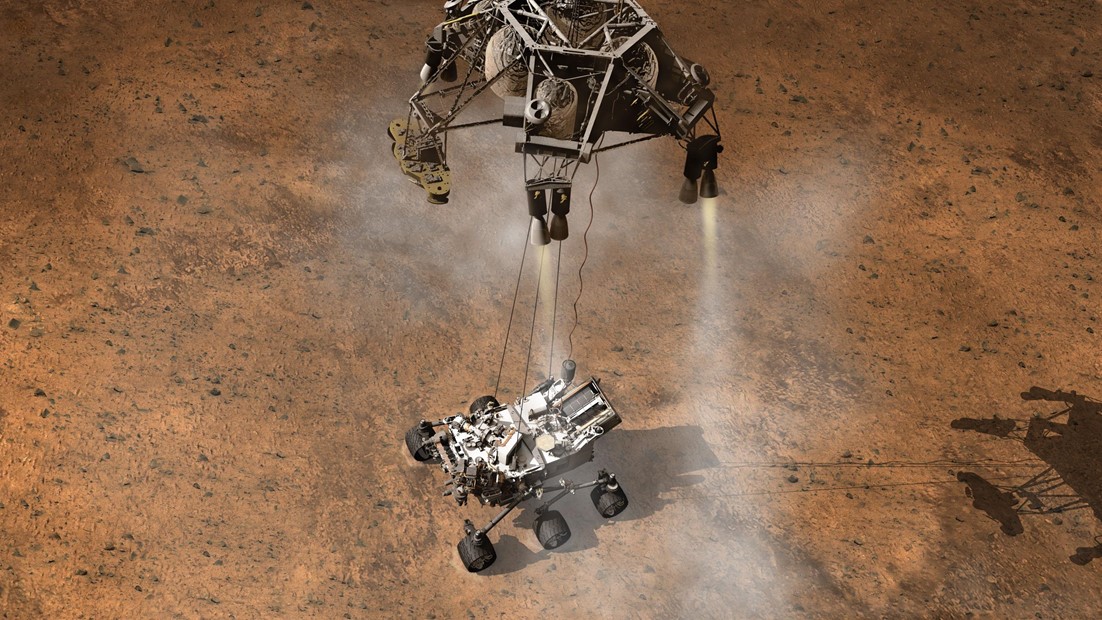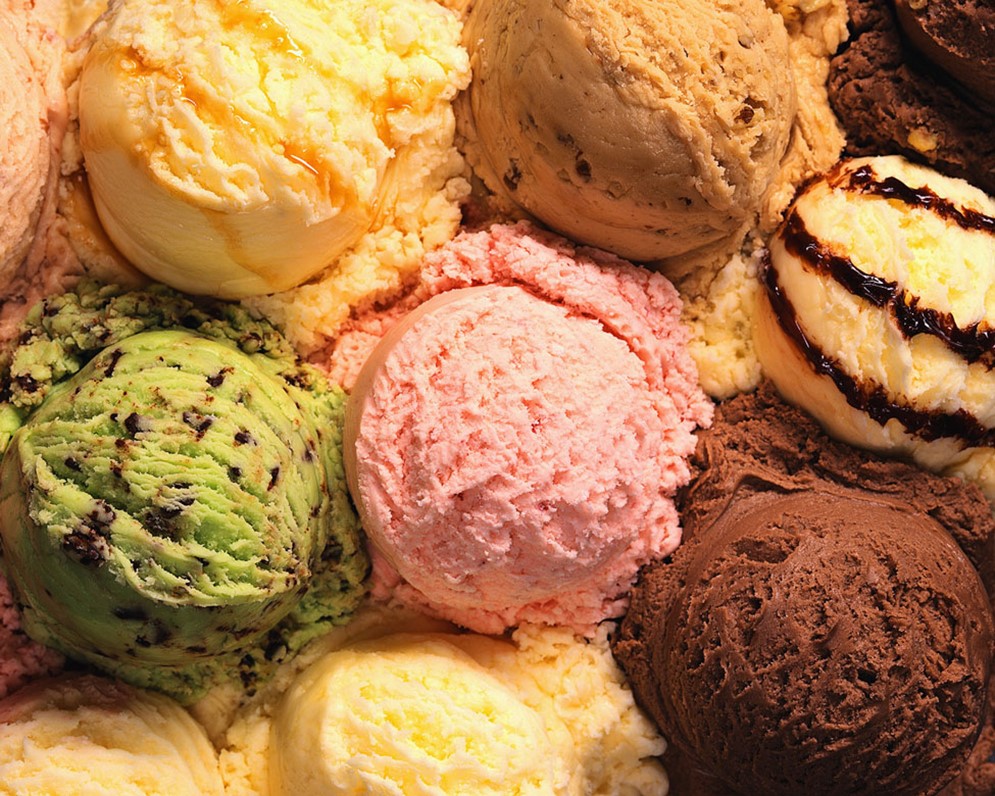Luxury Clothes For Children
August 13, 2012 in Daily Bulletin

Anne D’Innocenzio reported on a fast-growing market: $600 dresses for toddlers.
- The luxury market is still small – it’s only about 3% ($34 billion) – of the children’s wear market. But it’s growing faster than the rest of the market. In the past year it grew 7%.
- The clothes are marketed to households with an income of at least $350,000.
- Sales of such items are high in resort areas which contain many retirees. Doting grandparents are more comfortable splurging on their progeny.
- No age is too young. Even infants can find luxury-wear.
To read more including the brands that used to dominate the market, the eye-popping prices for some of the items on sale, a Gucci store for children, and several quotes from parents who purchase these items, explaining why they buy them click here.
Source: USA Today
Via: Kottke









Join the Discussion! (No Signup Required)